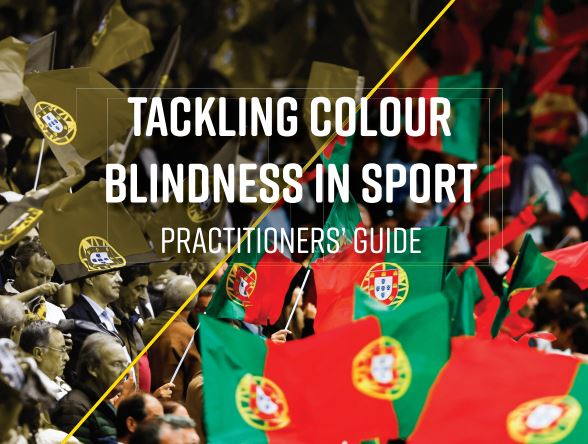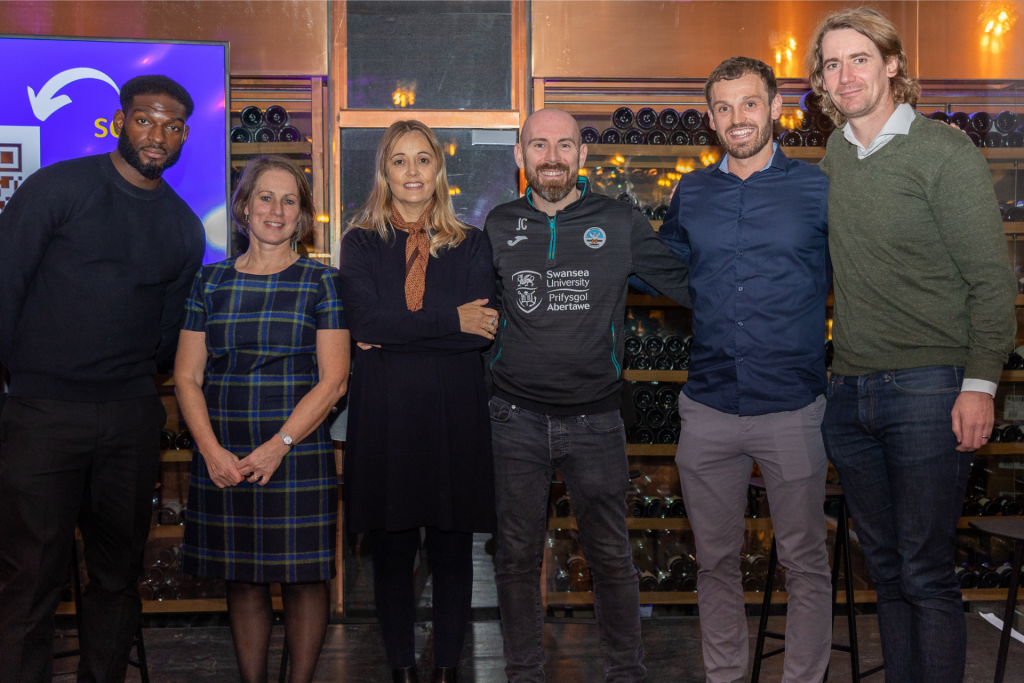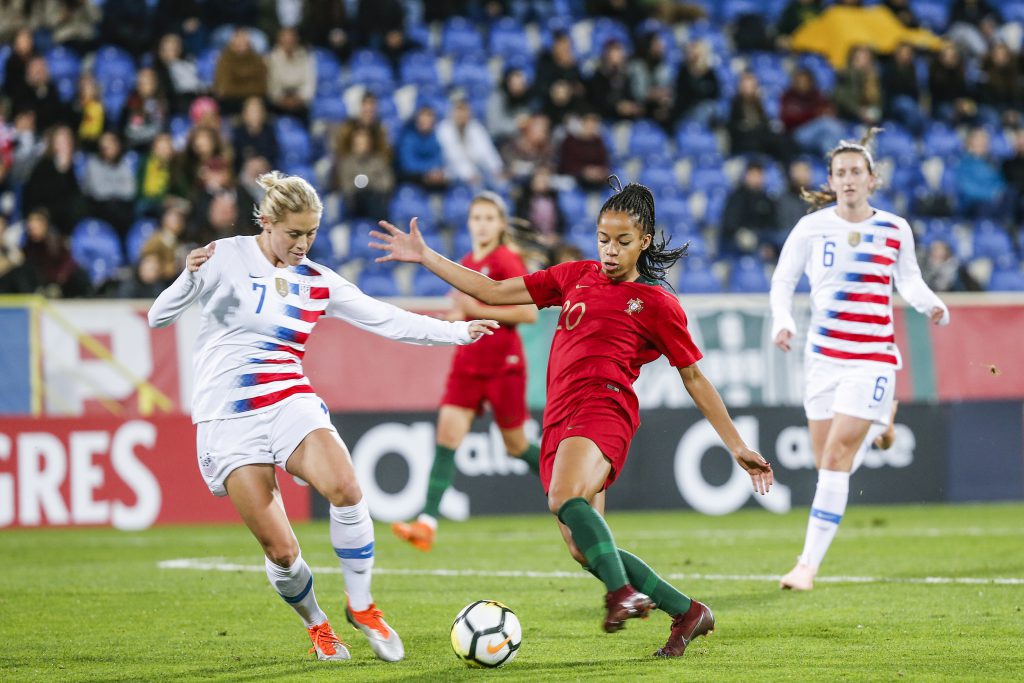World Cup 2022: TACBIS publishes research into prevalence of colour blindness in elite footballers
November 15, 2022
During the 18th EFDN Conference in Budapest Kathryn Albany-Ward, CEO of Colour Blind Awareness and Dr Adam Bibbey, Senior lecturer in Sport and Exercise Psychology, Oxford Brookes University presented the results of new research finding six per cent of male footballers playing at elite level have a form of colour vision deficiency (colour blindness, CVD), equivalent to 1.5 players in each male squad of 25.
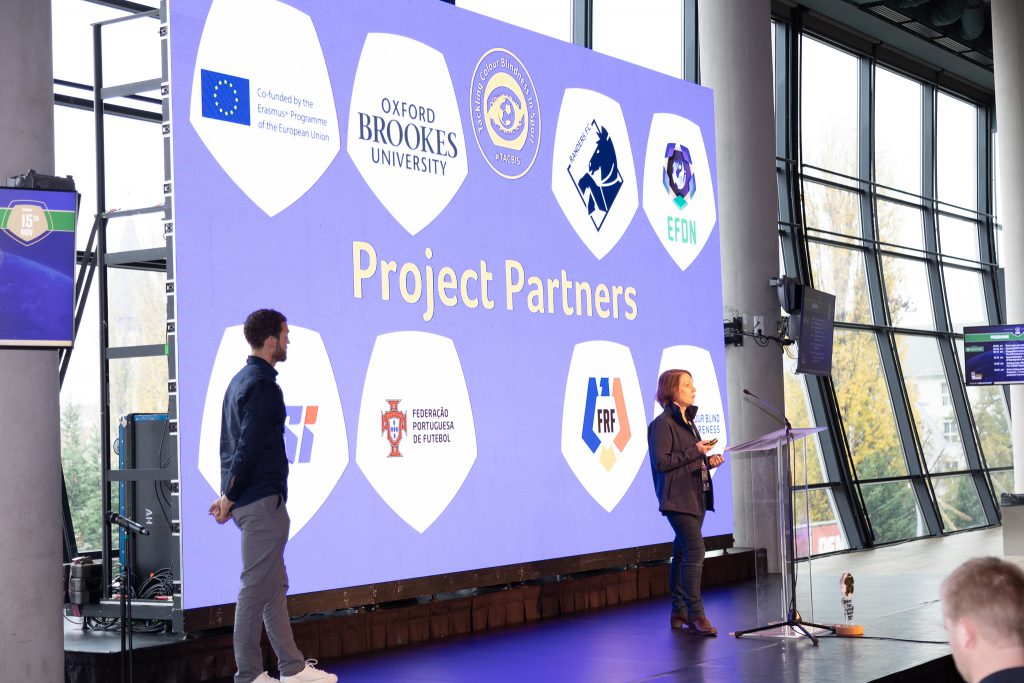
The TACBIS project investigated the prevalence of colour blindness in elite football by screening players in clubs and National teams in several countries and demonstrated that 6% have some degree of colour vision deficiency. In most cases neither the player nor their club/National Association were previously aware.
The TACBIS project was created to raise awareness of colour blindness in sport, identify prevalence, challenges and barriers to progression and to recommend solutions. Over the course of the project, elite footballers playing at Under 18 level or above for club and/or National teams (in Portugal, Denmark and UK) were screened for colour vision deficiency. At least one colour blind player was found in every team screened for the research.
This unique research project also demonstrated
- lack of knowledge of the condition amongst coaching staff and management
- colour blindness can impact both individual player and team performance
- there are simple solutions which can remove most challenges
- the need for further amendments to and implementation of kit regulations across leagues/ competitions
The publication of this information is particularly relevant prior to the start of the 2022 FIFA World Cup where, extrapolating these results, it can be reasonably expected there will be approximately 50 colour blind players amongst 32 squads of 26 players. One is already well known – Thomas Delaney from the Danish National team.
Kathryn Albany-Ward, CEO of Colour Blind Awareness said
We have long been keen to demonstrate the prevalence of colour blindness in elite footballers to ensure the football industry takes their needs seriously. Doing so will also benefit millions of colour blind fans and could not only result in better return on financial investments (from individual players) but also in increased revenue for the sport, as with less kit ‘clashes’ more fans will want to watch football.
There should be no need for all individual affected players to be identified since, with proper buy-in from coaches, clubs, management and competition organisers, simple changes can be made which will remove most barriers.
I already knew of three players with colour blindness at the World Cup in 2002 who played in different teams and against each other. Pretending that colour blind players don’t exist at elite level in significant numbers is no longer an option for elite sport.’
On publication of this ground-breaking research Dr Adam Bibbey, Senior lecturer in Sport and Exercise Psychology, Oxford Brookes University said ‘Our results have demonstrated that approximately 25% of colour blind players are not making it to elite level, which is a problem for football as it represents wasted time and financial investment of academies and negative career and mental health implications for players. Colour blind players have indicated that they do not feel as though they can speak out about their challenges for fear of embarrassment or detrimental impact on contract negotiations. Elite colour blind players have also outlined the detrimental impact on training and match day performance due to difficult combinations of kits and bibs or incorrect use of equipment. These barriers can be easily addressed.’
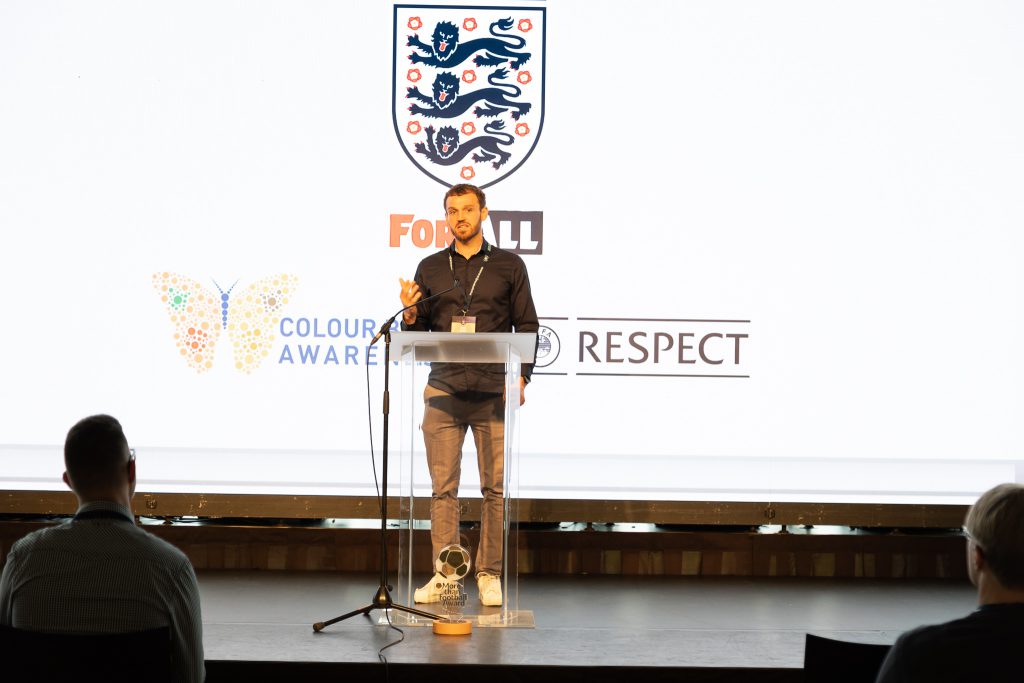
Francisca Araújo of Federaçao Portuguesa de Futbol’s Social Intervention Unit commented ‘The most important legacy from this project for us is to ensure that we know which of our players are affected so that we can provide proper support.’
From Danish Superliga club Randers FC, Chief Executive Henrik Jørgensen observed ‘Our club and our affected players themselves, were surprised to find from the screening that we had two colour blind players in our first team, even though we were aware beforehand that statistically that would be the case. We have taken note of the results of this exercise and will try to adapt our training materials accordingly in the future’ and Michael Møller Højfeldt, Data and Ticketing Manager added ‘In addition, we have reviewed our ticket system and adjusted it so that it also appears user-friendly for customers with colour blindness
The TACBIS project partners will be holding a panel session ‘Prevalence of colour blindness amongst players and the implications for elite sport’ on 14th November in Budapest, Hungary where the findings will be discussed in more detail, including implications for rugby and other sports.



